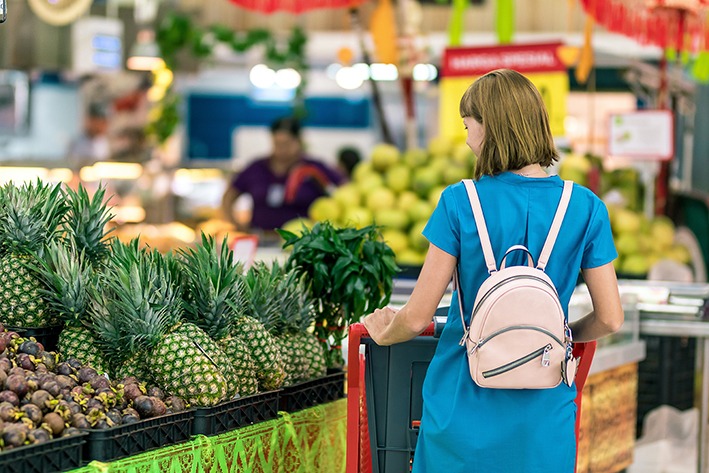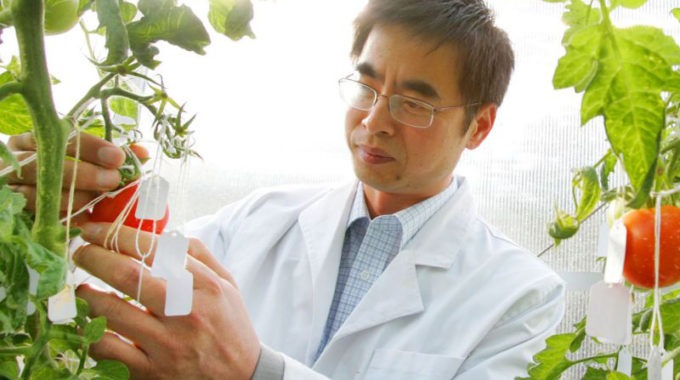Scientists unlock potential “diet” fruit
While fresh fruit is a nutrient-dense snack that can offer countless health benefits, some people still avoid it because they fear it contains too much sugar. Now, a new study has demystified sugar distribution in plants, paving the way to create low sugar or “diet” fruits – opening up potential new opportunities for growers and possibly even making it easier to encourage more Australians to get their recommended two serves of fruit a day.
The study culminates seven years of research by the University of Newcastle’s Professor Yong-Ling Ruan (pictured at top) from the School of Environmental and Life Sciences, in collaboration with peers at Northwest A&F University in China.
Professor Ruan – who specialises in finding solutions to develop higher-yielding crops that can be “future-proofed” against such things as climate change, drought, pests and pathogens – says their research has pinpointed the indicators that govern how much sugar is transported to the vacuole or “storage warehouse” of a plant cell.
“This discovery provides new tools and directions for improving plant growth, defence and sugar levels using gene technology,” the professor explains. “It opens the door to increase or reduce the amount of sugars in plants, helping farmers to increase the quality and yield of fresh products such as fruits and sugar cane, or to produce low-sugar, high sweetness fruit for a diabetic patient.”

The science behind sugar transport in plants
At the cellular level in plants, sugars are delivered to the cytoplasm – a thick solution that fills each cell. The remaining sugar is then offloaded in the vacuole of the cell.
Professor Ruan was driven by curiosity to understand exactly how sugar makes its way from the cytoplasm to the vacuole. Understanding this link could help scientists answer long-held questions such as why fruits are so sweet yet their leaves are not. By studying apples and tomatoes, the professor says the team discovered that two different types of sugar transporters work together to transport huge amounts of sugar into vacuoles.
“We found that glucose exported to the cytoplasm by a transporter called ERDL6 activates the expression of a major sugar influx gene,” he says. “This significantly increases sugar levels in the plant cells. Our findings represent a major advance in understanding the molecular control of sugar transport and signalling within plant cells.”
While we wait for “diet fruit” to hit the market, why not enjoy the sweet goodness of regular old-fashioned fruit? Apples, pears and kiwifruit are all coming into season, and stone fruits like plums are in season right now, so get munching and top up your vitamin stores for the coming cooler months.









